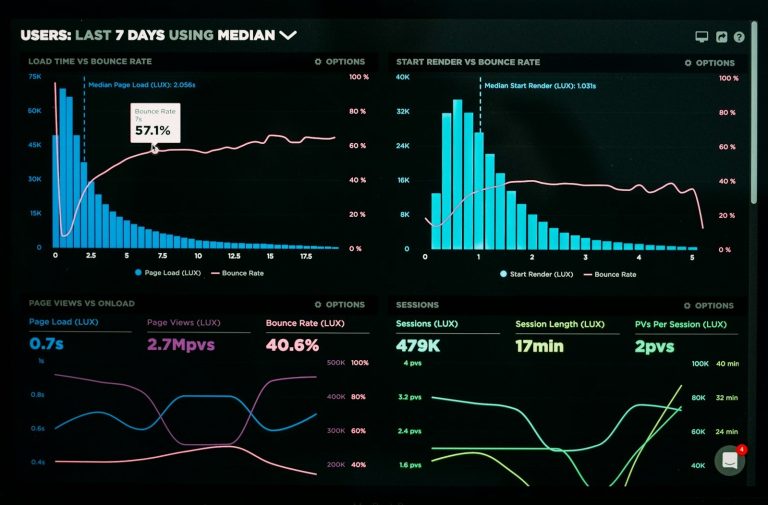In the multifaceted arena of Search Engine Optimization (SEO), content evaluation and optimization emerge as critical processes for enhancing a website’s visibility and relevance in search engine results. These methodologies extend beyond mere keyword insertion or superficial content updates. They involve a thorough analysis and refinement of website content to meet the evolving demands of search engines and the nuanced needs of the target audience. This article delves into what content evaluation and optimization entail and why they are indispensable components of a robust SEO strategy.
Understanding Content Evaluation
Content evaluation is the process of systematically reviewing website content to assess its quality, relevance, and alignment with SEO best practices and user expectations. This step is crucial for identifying areas where the content may fall short in providing value to the audience or adhering to the criteria set by search engines for ranking purposes.
Key aspects of content evaluation include:
• Relevance: Determining whether the content remains pertinent to the intended audience’s interests and search queries. Relevance is dynamic, necessitating regular checks to ensure the content aligns with current trends, needs, and search patterns.
• Quality: Assessing the content’s comprehensiveness, accuracy, readability, and engagement. High-quality content is well-researched, clearly written, and engaging, providing depth and value beyond what’s available on competitor sites.
• SEO Practices: Reviewing the content for the application of SEO best practices, such as the strategic use of keywords, meta tags, and internal linking. This also involves ensuring that the content is structured in a way that enhances readability and user engagement.
• Performance Metrics: Analysing performance data from analytics tools to gauge how well the content is achieving its intended goals. Metrics such as page views, bounce rate, and conversion rate offer insights into the content’s effectiveness in attracting and retaining visitors.
The Process of Content Optimization
Following the evaluation, content optimization involves making targeted adjustments to improve the content’s performance in search rankings and its ability to meet user needs. This optimization is not a one-time task but an ongoing effort to keep the content fresh, relevant, and competitive.
Content optimization strategies include:
• Updating and Expanding Content: Refreshing outdated content with current information, adding depth to existing topics, and expanding articles to cover related subtopics can significantly enhance content value and relevance.
• Improving Readability and Engagement: Breaking down large blocks of text, using subheadings, incorporating bullet points, and adding images or videos can make content more accessible and engaging to readers.
• Enhancing On-Page SEO: Refining the use of keywords, optimizing title tags and meta descriptions, and improving URL structure can boost SEO performance. It’s crucial to balance keyword use to avoid over-optimization while ensuring content remains user-friendly.
• Addressing User Intent: Revising content to better align with the user intent behind search queries. This may involve shifting the focus of a piece from broad information to actionable guidance or incorporating elements that support transactional intent.
• Leveraging Internal Linking: Strategically placing internal links to guide visitors to other relevant content on your site can enhance user experience and site navigation, encouraging deeper engagement and supporting SEO efforts.
Content evaluation and optimization are indispensable for maintaining and improving a website’s search engine rankings and user engagement. By continually assessing and refining content, website owners and marketers can ensure that their site remains a valuable, authoritative source of information that meets both user needs and search engine criteria.
About The Author:
Geoff Digital is a Senior SEO Consultant at Gtec Media Ltd
Contact: @geoffdigital



